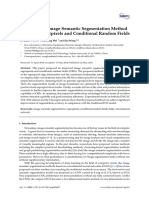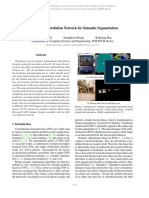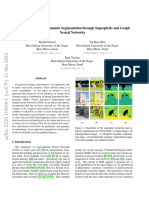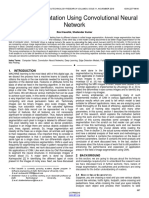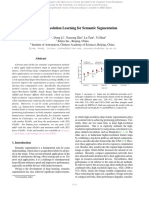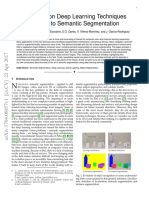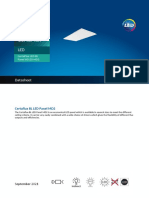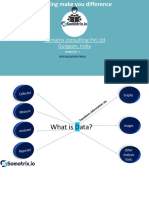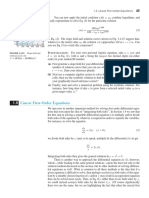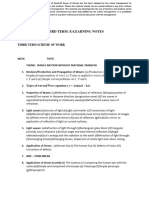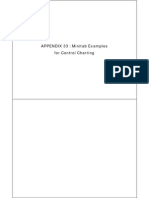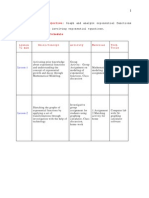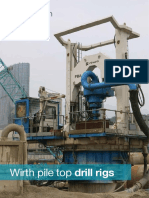0% found this document useful (0 votes)
10 views18 pagesSegmentation by Gan
This document presents an improved Generative Adversarial Network (GAN) model, referred to as Seg-GAN, for the task of image semantic segmentation, addressing limitations of traditional methods that rely on Conditional Random Fields (CRFs). The proposed model integrates Convolutional CRFs to enhance segmentation accuracy and efficiency while learning an end-to-end mapping from input images to segmentation outputs. Experimental results demonstrate that Seg-GAN outperforms existing state-of-the-art methods in both perceptual and quantitative metrics.
Uploaded by
tattou2110Copyright
© © All Rights Reserved
We take content rights seriously. If you suspect this is your content, claim it here.
Available Formats
Download as PDF, TXT or read online on Scribd
0% found this document useful (0 votes)
10 views18 pagesSegmentation by Gan
This document presents an improved Generative Adversarial Network (GAN) model, referred to as Seg-GAN, for the task of image semantic segmentation, addressing limitations of traditional methods that rely on Conditional Random Fields (CRFs). The proposed model integrates Convolutional CRFs to enhance segmentation accuracy and efficiency while learning an end-to-end mapping from input images to segmentation outputs. Experimental results demonstrate that Seg-GAN outperforms existing state-of-the-art methods in both perceptual and quantitative metrics.
Uploaded by
tattou2110Copyright
© © All Rights Reserved
We take content rights seriously. If you suspect this is your content, claim it here.
Available Formats
Download as PDF, TXT or read online on Scribd
/ 18









